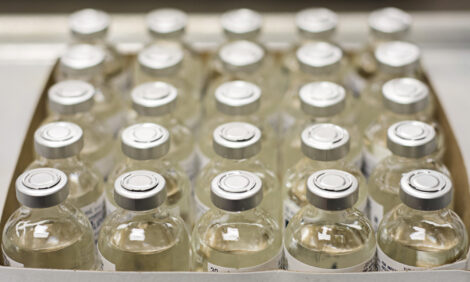



First cage-free production standard launched in China
Cages used for housing laying hens have progressively been phased out in parts of the world, namely the EU and U.S, where legislative bans and company commitments favour farming systems that respect animals’ freedom of movement. However, no concrete policies are currently enforced that specify housing systems for laying hens in China, the largest producer of eggs in the world.
In order to facilitate the adoption of cage-free systems in China, FAI Farms, IQC, China Chain Store & Franchise Association (CCFA), and China Animal Health and Food Safety Alliance (CAFA), jointly released the “Evaluation Guidelines of Cage-Free Egg Production” Group Standard on 13th October 2021. This was publicly announced during the 3rd Quality and Welfare Egg (China) Summit on 27th October. This set of guidelines not only informs interested producers on how to improve their farms, but enables retail and catering enterprises to evaluate their suppliers and ensure best practice. A unified definition of ‘cage-free’ helps consumers and retailers to differentiate products on the market, ensuring the healthy and sustainable growth of cage-free eggs in China.
This Standard is a milestone in managing production practices for producers and clarifying the previously ambiguous ‘cage-free’ label for consumers. Mr. Chu Dong, Vice President of the state-affiliated CCFA, addressed the 3rd Egg Summit: “[Over the] years we have seen a lot of diversified egg products on the market … [lacking] unified standard in production … causes confusion for consumers … In China at this stage, we are encouraged to build a high-quality cage-free egg production standard … In the future, the large retail and catering companies will adopt them.”
The Group Standard is the first set of guidelines to establish baseline measures and key components of cage-free systems, including environmental control and husbandry practices. The objectives of the Group Standard are summarised below:
- Inform the industry and market on optimal cage-free production,
- Facilitate cage-free layer breeders to standardize management,
- Provide retail and catering enterprises a set of guidelines to evaluate cage-free egg production,
- And promote international standards.
International code of practice, including the RSPCA welfare standards for chickens and the OIE Terrestrial Code, were referenced in the Group Standard. Even though these guidelines and regulations are well-established in other countries, they must be adapted to China’s legal and environmental context. Dr. Xiao Xiao, OIE National animal welfare focal point in China, and Mr. Han Taixin, Vice President of Suzhou Ovodan Food Co., Ltd., both emphasised the importance of localising international standards during the 3rd Egg Summit.
The Group Standard for cage-free production was heavily based upon existing Chinese laws and policies, many of which correspond to food safety and environmental concerns. Multiple industry experts and enterprises were also consulted to ensure the guidelines align with current practices, particularly egg producers Happy Eggs (Beijing) and Ovodan (Suzhou).
This Group Standard collated best practices for cage-free production, but its implementation, including training and monitoring, requires further work in the upcoming years. Although third-party audit services have already been offered in China, such as SGS consulting carrying out HFAC’s Certified Humane assurance scheme, which resulted in three awarded companies in China in 2021, a systematic plan to apply the Group Standard in practice will be a key priority for 2022.
During the 3rd Egg Summit, Ms. Huang Muci from Lever China shared that Lever’s internal research found that 75% participants (consumers) were interested in purchasing from cage-free brands, and that 30% participants would accept a 10% increase in price. These numbers could potentially grow as cage-free production becomes more transparent with trustworthy labels and assurance schemes. Establishing the Group Standard is the first step to the successful expansion of the cage-free market.









